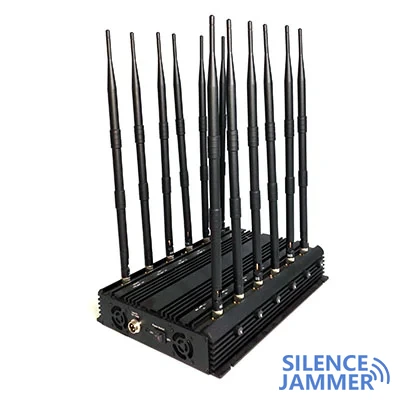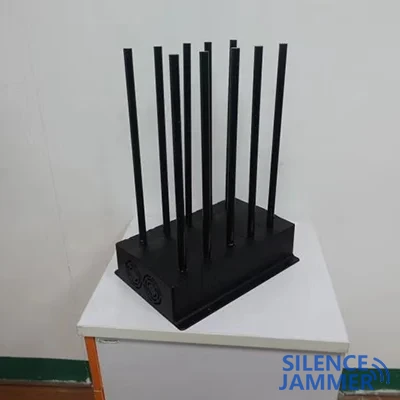1. The problem of mobile phones in prisons and the potential of jammers
In recent years, the problem of mobile phones in prisons has become increasingly serious. The incident in which Mohamed Amra used his mobile phone to continue to direct criminal activities in prison has once again attracted people's attention to this issue. Although the circulation of mobile phones in prisons is difficult to completely control, many experts believe that the use of mobile phone jammer devices is the best solution to cut off prisoners from the outside world and prevent illegal communications. However, although jammer technology is effective in theory, its practical application still faces many challenges.

2. The high cost and technical limitations of jammers
First, the high cost of signal jammers makes it unaffordable for many prisons. Emmanuel Baudin, secretary general of FO Justice, revealed that each mobile phone jammer costs nearly 1 million euros, which is a huge burden for prisons with tight budgets. In addition, the use of jammers will cause other problems in urban prisons. For example, residents living near prisons may be affected by jammer signals, causing interference to their mobile phone communications. This has made many urban prisons more cautious when deploying jammers, further limiting the scope of application of the technology.

3. Technical limitations and practical effects of jammers
Even if prisons are equipped with jammers, the limitations of existing technology make it impossible for the equipment to completely block prisoners' communications. For example, in December 2021, a survey by France Info found that jammers in some French prisons could only effectively block 2G and 3G networks, but were powerless against more modern 4G and 5G networks. This means that prisoners are still able to bypass jammers by using new mobile phones and continue their illegal activities. Such technologically backward equipment has not been satisfactory in actual application, further weakening the reliability of jammers as a solution.
4. Social and technical obstacles
In some rural areas, communities are still struggling to obtain stable mobile network coverage, and prison jammers in cities may further exacerbate this problem. In addition, the deployment of jammers needs to take into account the frequency of technological updates to cope with the evolving communication technology. For this reason, despite the potential of jammers to block illegal communications, their high cost, technical limitations and potential impact on the surrounding environment make this solution difficult to popularize on a large scale in French prisons..




